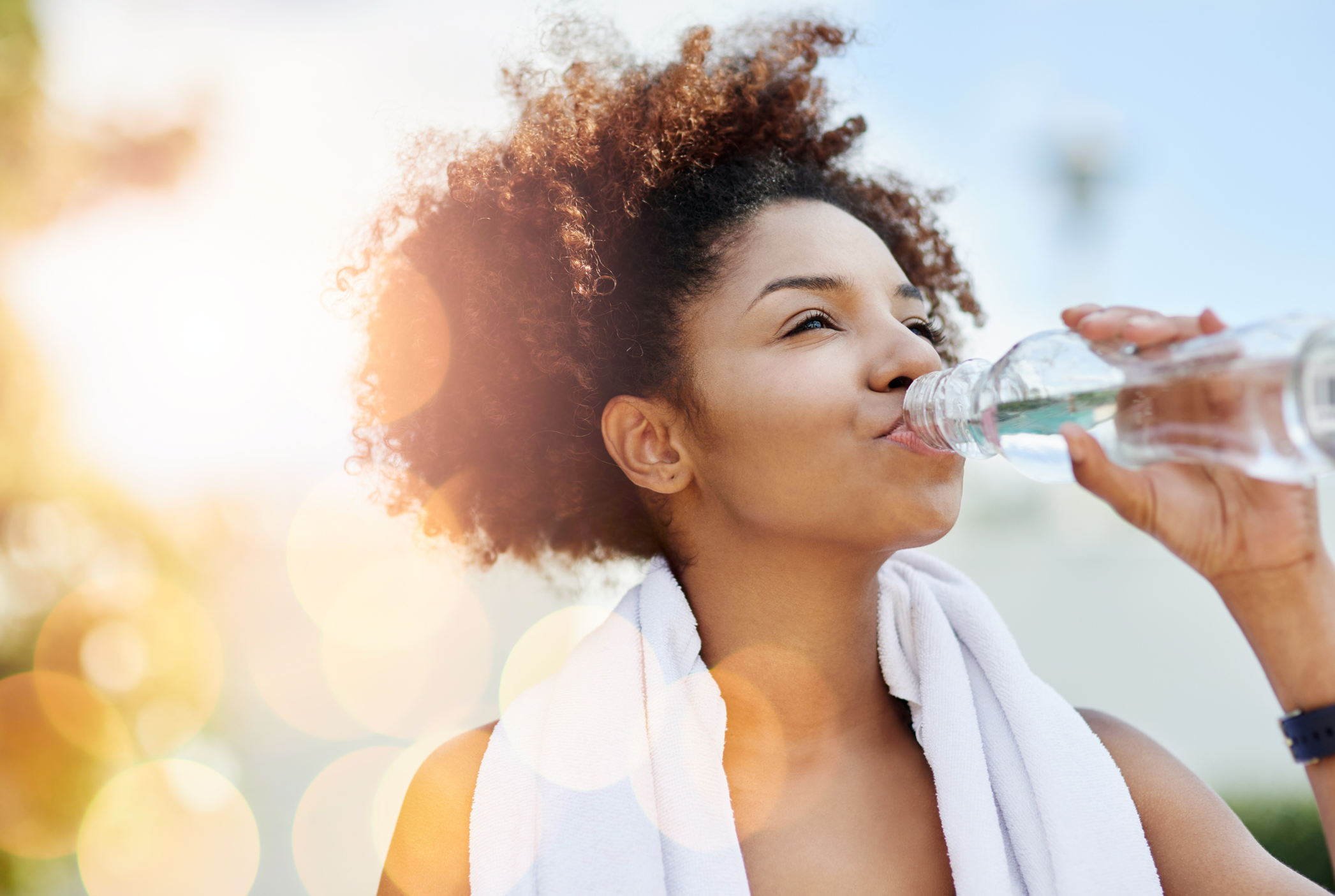Recovery for Cyclists: Best Practices After a Long Ride
Cycling is one of the best low-impact workouts, but long rides can take a toll on your muscles and joints. Whether you’re cruising through Central Park, training for a triathlon, or logging miles on your weekend ride, recovery is just as important as the ride itself.
Without proper recovery, cyclists risk overuse injuries like knee pain, hip tightness, or lower back strain. The good news: research shows that active recovery methods like stretching, foam rolling, and percussion therapy can reduce soreness, improve flexibility, and prevent injuries (Cheatham et al., 2015; Dupuy et al., 2018).
Here’s your science-backed guide to staying strong and pain-free after every ride.
🚴 At-Home Recovery Tools for Cyclists
1. Foam Rolling
Foam rolling helps release tight muscles, improve circulation, and speed recovery.
Focus areas: quads, hamstrings, IT band, calves, and glutes.
Evidence: Self-myofascial release improves joint range of motion and reduces delayed onset muscle soreness (DOMS) (Cheatham et al., 2015).
👉 Tip: Roll slowly, spending 30–60 seconds on each muscle group.
2. Percussion Therapy (Theragun or Massage Gun)
A massage gun can provide deep tissue relief after intense rides.
Best for: quads, calves, glutes, and lower back.
Evidence: Percussion therapy improves blood flow and reduces muscle soreness, making it effective for recovery (Konrad et al., 2020).
👉 Tip: Use light pressure for 1–2 minutes per muscle group.
3. Stretching & Mobility Work
Dynamic movement during warm-ups and static stretching after rides are key.
Hamstring stretch: Prevents low back strain and improves pedal efficiency.
Hip flexor stretch: Counteracts hours of cycling posture.
Child’s pose or Cat-Cow: Relieves spinal compression.
Calf stretch: Reduces Achilles and ankle pain risk.
Evidence: Post-exercise stretching helps maintain flexibility and reduces muscle stiffness (Herbert & de Noronha, 2007).
4. Hydration & Nutrition
Cyclists often forget recovery isn’t just physical—it’s also about fueling.
Replenish with water and electrolytes.
Eat a mix of carbs + protein within 30–60 minutes of your ride to restore glycogen and repair muscle.
Evidence: Proper refueling accelerates recovery and reduces fatigue (Burke, 2015).
🚫 Injury Prevention Through Recovery
Skipping recovery increases the risk of:
Patellofemoral pain (cyclist’s knee)
Lower back pain from posture strain
Wrist and hand numbness (handlebar palsy)
Hip and hamstring tightness
A consistent recovery routine keeps muscles flexible, joints mobile, and helps prevent overuse injuries from piling up.
🏥 How Metro Wellness NYC Helps Cyclists Recover
At Metro Wellness NYC, we combine evidence-based care with individualized recovery plans to keep cyclists riding pain-free:
Chiropractic care for spinal alignment and posture correction, reducing back and neck strain.
Physical therapy to strengthen weak muscles, correct imbalances, and improve endurance.
Acupuncture to reduce inflammation, speed up healing, and relieve soreness after long rides.
Soft tissue therapies (IASTM, cupping, kinesio-taping): improve circulation, decrease tightness, and support muscles during training cycles.
Whether you’re commuting in Midtown, training for a race, or riding recreationally, our team can help you recover smarter and prevent future injuries.
✅ Ride Strong, Recover Smarter
Cycling should make you stronger—not leave you sidelined by pain. By incorporating foam rolling, massage guns, stretching, and proper nutrition into your recovery routine, you’ll ride farther and feel better.
At Metro Wellness NYC, we’ll help you create a personalized recovery plan to keep you pedaling pain-free this season.
📍 64 W 48th St, Suite 608, New York, NY 10036
📞 Call: 212-202-0065 | 📱 Text: 917-382-0980
📧 Email: info@metrowellnessnyc.com



